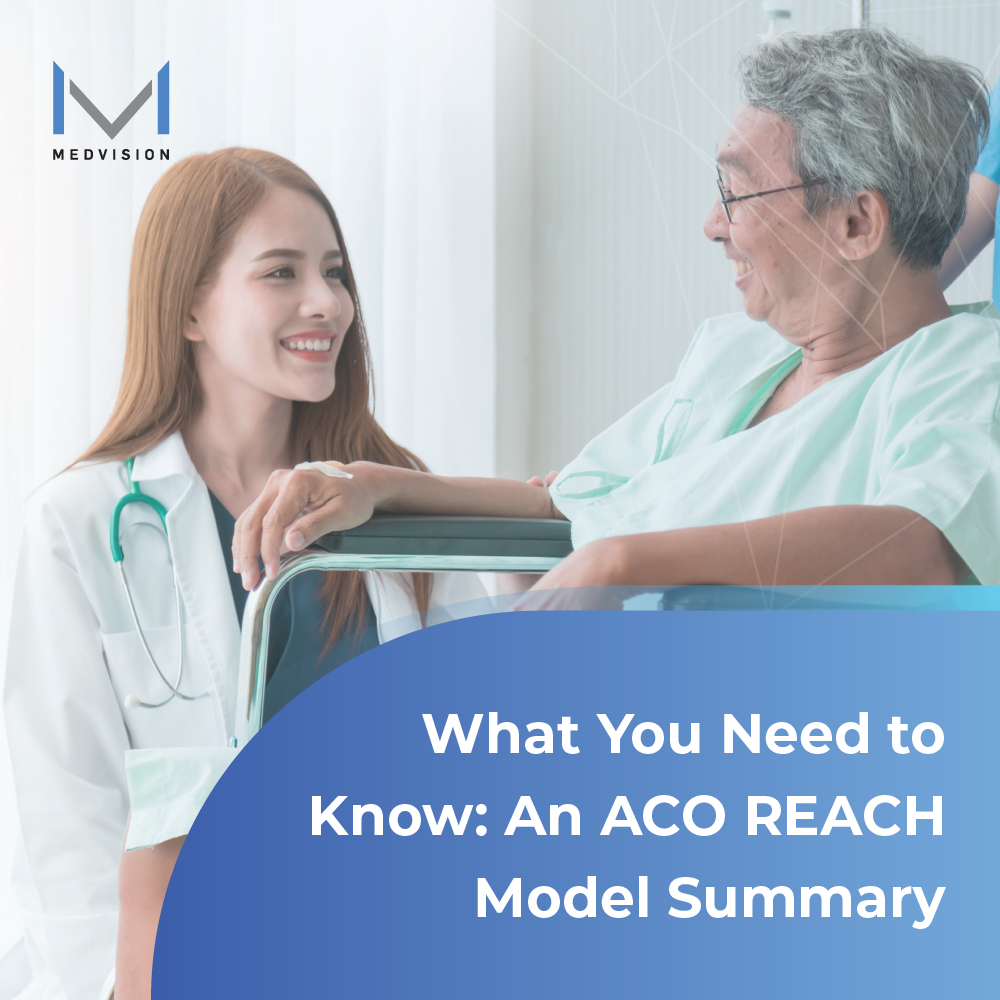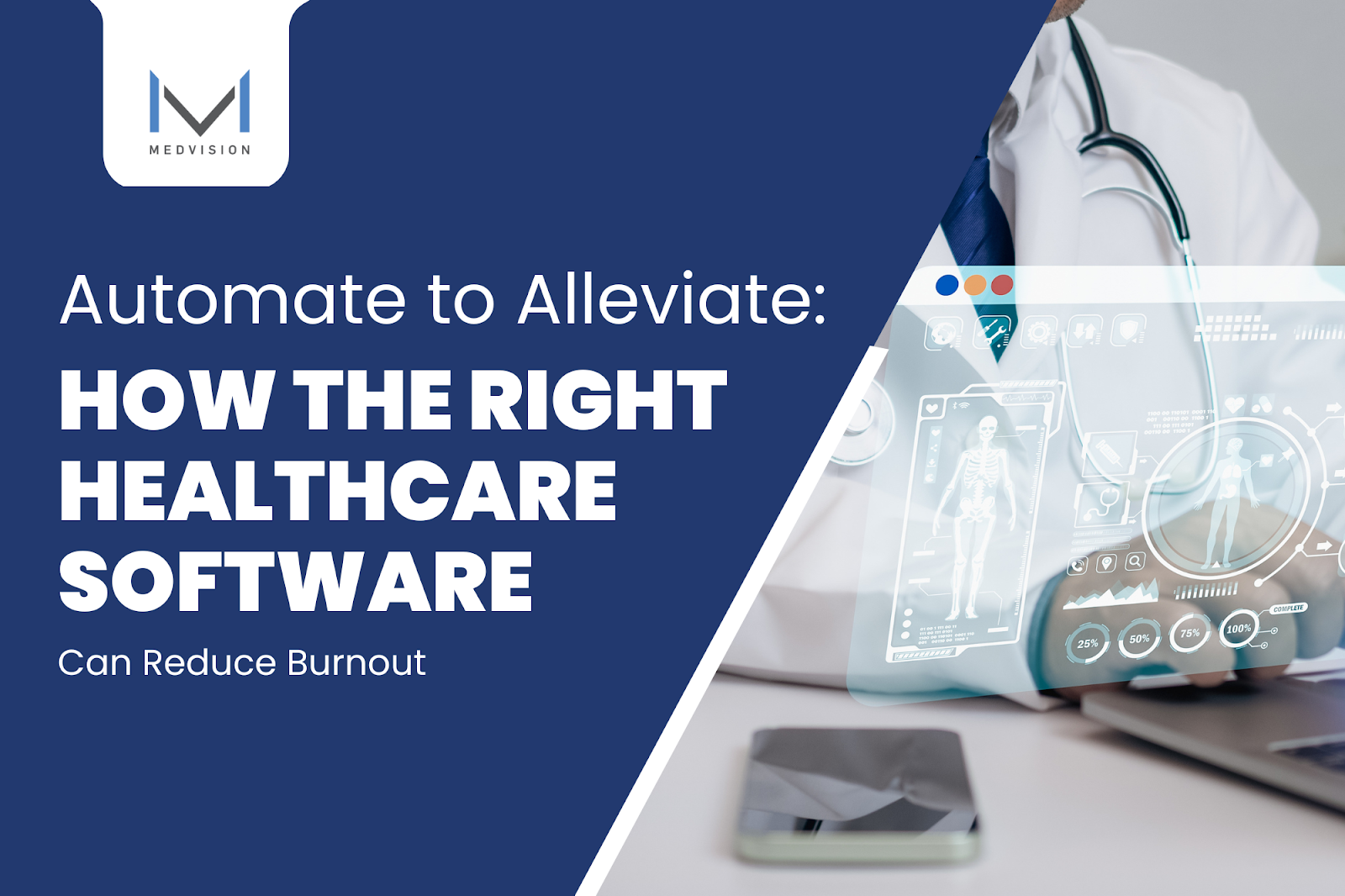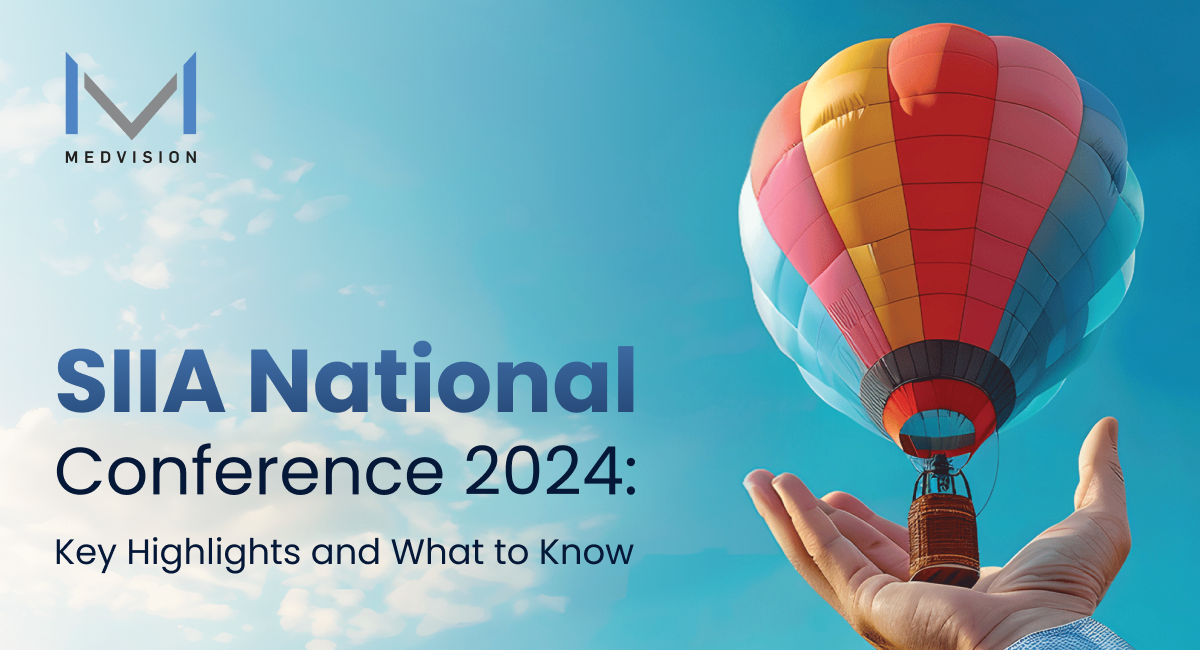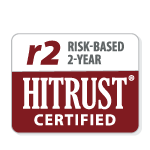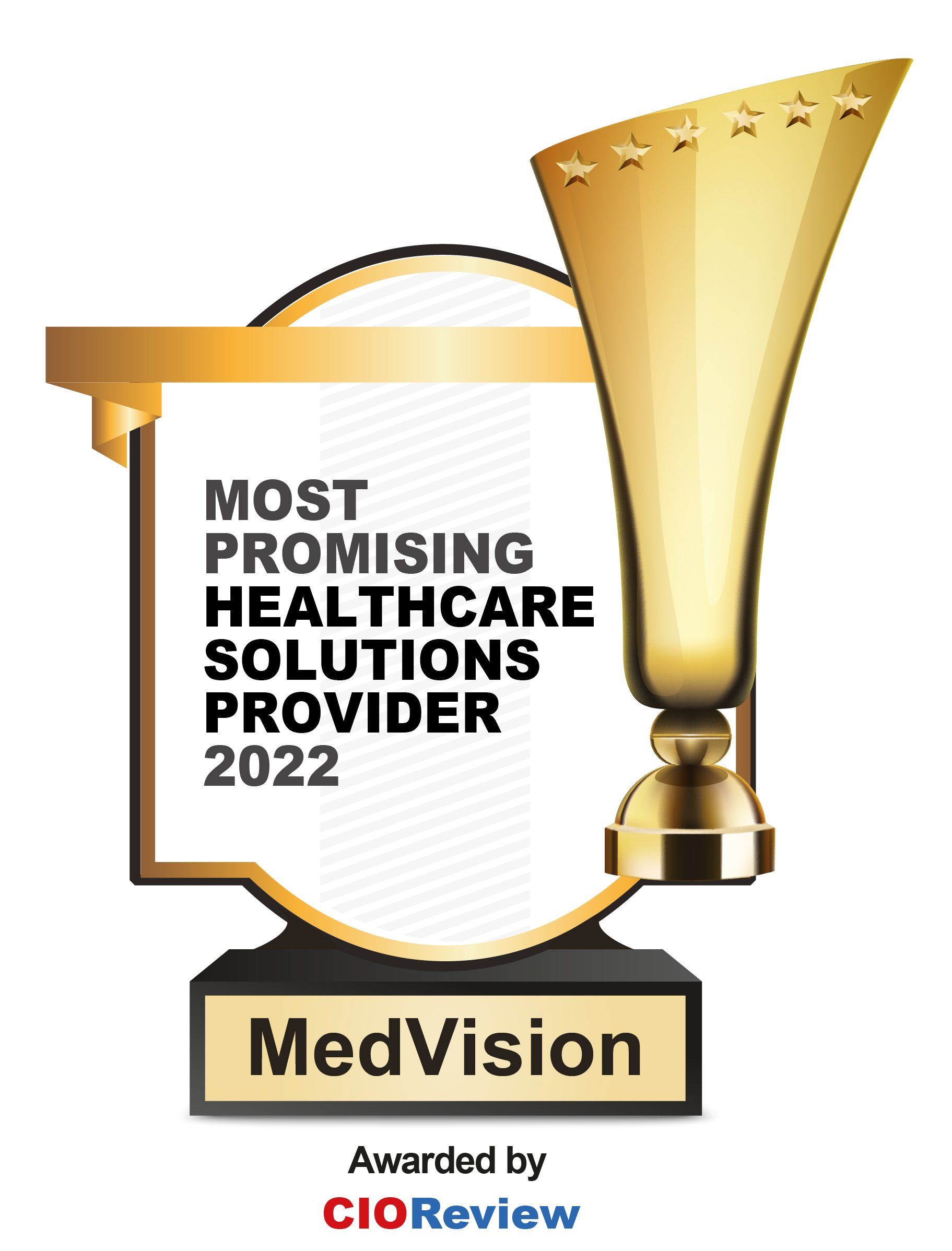Knowing Fact vs. Fiction: ACO REACH Explained
Implementing carefully planned policies leads to better health outcomes. This fact inspires
Accountable Care Organizations (ACOs) to execute improved models for
Realizing Equity, Access, and Community Health (REACH). With a focus on extending care to the margins, the industry is moving forward by enforcing regulations that secure healthcare goals.
While many await these advancements, some still question if the model can truly achieve inclusive care delivery. By differentiating fact vs. fiction, you can further clarify ACO REACH motives, addressing ambiguities and reassuring beneficiary concerns.

Fact vs. Fiction: ACO REACH Dialogue
ACO REACH is a redesign of the Global and Professional Direct Contracting (GPDC) model. The shift was a response to the call for more equitable services while maintaining past value-based capitation structures. Policy adjustments now include revised risk benchmarks and provider incentive scoring. Both measures ensure accessible premier care delivery for patients.
Despite the model’s potential for success, it remains heavily criticized. Some question whether the added regulations are counterproductive for disadvantaged groups since resources may be inaccessible to them. Profit-centered motives are also of great concern with the participation of third-party payers to oversee insurance processes.
Meanwhile, ACO REACH supporters lobby for the model’s contributions to care coordination and population health. Participants, referred to as REACH ACOs, can now work as a network of physicians to serve patients. With systems encouraging improved healthcare outcomes, the model can transform care standards while keeping costs at a minimum.
Common Model Misconceptions
While the ACO REACH dialogue creates new opportunities for deliberation, fallacious feedback can hinder constructive development. Patients and providers must cut through speculation to get accurate details about the new healthcare regulations. In separating fact vs. fiction, ACO REACH participants and beneficiaries alike can avoid the following misinformation:
1. ACO REACH Constraints Patient Agency
Contrary to assumptions, ACO REACH does not control patients’ health plans. This notion draws from speculation that the model now reserves the right to auto-enroll patients in specific healthcare plans. Instead, beneficiaries can choose to acquire services from an ACO REACH provider. Protocol demands that providers alert beneficiaries when services align with an ACO service. New standards now require full transparency in patient-provider transactions, from data shared to services rendered.
2. ACO REACH Favors Profit over Patients
Critics say that the new healthcare model may open opportunities for profiteering. Some contend that ACOs can use capitated payments at their discretion to fund healthcare plans. While this is true for some, only primary care services receive capitation. Other services follow Medicare’s fee-for-service payment structure. REACH ACOs do not receive capitation payments openly available for underhanded intentions. Authorities have had systems in place to safeguard workflow integrity.
3. ACO REACH has Insufficient Accountability Measures
Although ACO REACH has only been recently carried out, it builds from models that came before it. The Centers for Medicare & Medicaid Services (CMS) laid out additional measures for monitoring and compliance that are improvements from past procedures. From generalized approaches, CMS has ruled more specific and actionable plans for accountability:
- Regular risk score growth assessments
- Monitoring noncompliance and misuse of beneficiary data
- Using data analytics to monitor use of services
- Reviewing strategies that ensure information on the model is accurate
Auditing measures are
fortified by tested infrastructures, including administrative workflows, medical technologies, and data access frameworks. Like cogs in a machine, these sectors are fundamental to healthcare processes.

Strengthen ACO REACH Advocacies
to Counter Misinformation
Critical evaluations are expected when it comes to public concerns. Unfortunately, these can root from misleading information. In addressing lines of fact vs. fiction, ACO REACH objectives can be reaffirmed with clarification. In doing so, critiques urge improvement when taken as a challenge to strengthen advocacies. Facing this task of fortifying healthcare approaches requires cohesive action from the grassroots level to organizations.
QuickCap 7 (QC7) can be your partner in this endeavor. With customizable features that assist every organizational need, QC7 seamlessly integrates with any unique workflow. The software covers various functions, including administrative support, claims adjudication, electronic claims submission, record keeping, and data analysis. With these systems at your disposal, you can change the healthcare experience.
Extend Capabilities with a Reliable Digital Hub For All Your Needs
References:
- David Pittman, Clif; BS; Gaus. “ACO REACH Brings Next Era of Medicare Payment Models.” AJMC, June 9, 2022. https://www.ajmc.com/view/aco-reach-brings-next-era-of-medicare-payment-models.
- Global and Professional Direct Contracting (GPDC) Model | CMS Innovation Center. “Global and Professional Direct Contracting (GPDC) Model | CMS Innovation Center,” October 1, 2020. https://innovation.cms.gov/innovation-models/gpdc-model.
- Health Care Transformation Task Force | Fact Checking the ACO Realizing Equity, Access, and Community Health (REACH) Model. “Health Care Transformation Task Force | Fact Checking the ACO Realizing Equity, Access, and Community Health (REACH) Model,” April 15, 2001. https://hcttf.org/aco-reach-myths-facts/.
- Holder, Elizabeth. “ACO REACH: Fact vs. Fiction.” ACO REACH: Fact vs. Fiction, January 24, 2023. https://www.naacos.com/aco-reach--fact-vs--fiction.
Recently published articles
Keep in touch
Subscribe to get the latest update
Trending topics
Share your insights on social media
Upcoming events and company news


